88% faster quotes. 100% data accuracy. Real-time integration with Duchess & CPQ.
How a B2B manufacturing solution provider replaced fragmented quoting workflows with a custom WebApp, integrated Salesforce and Epicor CPQ, and achieved real-time data synchronization across critical business systems.
Industry
B2B Manufacturing
Focus
Streamlined quoting and requoting, real-time data accuracy, and backend system integration to reduce errors and accelerate sales
Challenge
Slow quoting, disconnected tools, data delays
Solution
Salesforce-CPQ integration, backend optimization
Results
88% faster quoting,
100% real-time sync
The business challenges holding manufacturers back
Disconnected sales workflows slow operations
Without CPQ, CRM, and inventory integration, sales teams rely on manual processes, redundant data entry, and misaligned approvals, delaying deal closures and reducing efficiency.
Slow quoting impacts revenue growth
Manual approval processes and outdated pricing tools slow sales cycles, making quote generation inefficient and deal closures harder, leading to missed revenue opportunities.
Pricing errors lead to
lost sales
Inconsistent pricing across sales channels, catalogs, and customer segments causes discrepancies that frustrate customers, erode trust, and result in lost revenue.
Legacy systems limit
scalability
Outdated tools lack the flexibility to handle large product catalogs, complex pricing structures, and regional variations, making business expansion and digital transformation difficult.
Lack of sales visibility hinders forecasting
Without real-time deal progress tracking and performance insights, sales teams struggle to forecast revenue accurately, optimize pricing strategies, and drive predictable growth.
The challenges they faced
A leader in welding safety products was stuck in outdated workflows that limited their growth potential.
CPQ and CRM lacked integration
Salesforce, CPQ, and Duchess weren’t connected, leading to frequent pricing mismatches and approval bottlenecks.
Quoting system was too slow to handle demand
The configurator had 40-second load times, frustrating sales reps and causing missed opportunities.
Data syncing issues created misalignment
Sales opportunities in Salesforce weren’t linked to CPQ quotes, leading to errors in approvals and deal tracking.
Inconsistent data mapping led to pricing errors
Mismatched fields between Duchess and CPQ caused discrepancies in pricing and order fulfillment.
API limitations slowed down integrations
Legacy APIs lacked the flexibility needed for real-time communication, making automation difficult.
The Result?
Frustrated teams, lost deals, and a sales process that couldn’t keep up with business growth.
How we solved it
Real-Time Data Integration
- Unified Salesforce, CPQ, and Duchess through a custom application layer for seamless communication.
- Enabled 100% real-time syncing across all tools, ensuring accurate, up-to-date data at every step.
- Implemented middleware to handle data transformation, standardizing fields and eliminating data loss during transfers.
Backend Performance Optimization
- Reduced configurator load times from 40 seconds to just 5 seconds by:
- Upgrading backend infrastructure for scalability.
- Implementing asynchronous processing to handle high-traffic scenarios efficiently.
- Adding caching layers to store frequently used data and speed up operations.
Custom Workflow Development
- Built a seamless integration layer connecting Salesforce opportunities to CPQ quotes, enabling error-free workflows.
- Developed a custom WebApp to simplify complex attribute mapping within CPQ:
- Provided step-by-step guidance for sales reps.
- Reduced quoting errors by standardizing inputs and configurations.
Unified Interface for Sales Reps
- Designed an intuitive dashboard that allowed sales reps to:
- Access real-time quotes within Salesforce opportunities.
- Streamline quote-to-opportunity workflows for faster deal closures.
DevOps and Scalability
- Deployed CI/CD pipelines for faster, automated updates with zero downtime.
- Implemented automated performance monitoring to ensure scalability as their needs evolve.
The Results
Before
After
Quoting Speed
40 seconds
Quoting Speed
Quoting Speed
Workflow Sync
Disconnected
Workflow Sync
100% real-time
Workflow Sync
Sales Efficiency
Bottlenecked
Sales Efficiency
3X faster workflows
Sales Efficiency
Data Accuracy
Inconsistent
Data Accuracy
Fully reliable
Data Accuracy
Facing the same roadblocks?
Performance Impacts Revenue
Faster quoting means more deals closed, reducing friction for both sales teams and customers.
Integration Unlocks Efficiency
Real-time data eliminates bottlenecks, enabling teams to make informed decisions without delays.
Scalability Requires Strong Foundations
Automation, seamless updates, and optimized infrastructure create a platform that can grow with the business.

Let’s Build Your Next Transformation
HumCommerce specializes in solving real-world problems for businesses like yours. If disconnected systems, slow workflows, or scalability challenges are holding you back, let’s fix them together.
FAQs
Your Questions Answered
What are the benefits of integrating Salesforce and CPQ for manufacturing workflows?
Integrating Salesforce and CPQ creates a unified ecosystem for faster, more accurate sales processes. Key benefits include:
- Real-Time Data Sync: Eliminates manual entry errors and ensures seamless updates between systems.
- Faster Quoting: Complex configurations and dynamic pricing are handled instantly.
- Improved Workflows: Bridges CRM and quoting systems, aligning opportunities with deal closures.
- Better Customer Experience: Quick, accurate quotes improve buyer trust and satisfaction.
How does backend optimization improve CPQ quoting times?
Backend optimization addresses system bottlenecks to speed up quoting processes:
- Caching Layers: Reduces repetitive database queries, improving configurator response times.
- Rule Simplification: Streamlined CPQ logic minimizes processing delays for complex configurations.
- Infrastructure Upgrades: Scalable cloud-based architecture ensures smooth performance even during high demand.
Why is caching important for CPQ performance?
Caching improves CPQ system responsiveness by:
- Reducing Server Load: Frequently accessed data is stored, speeding up processes.
- Enhancing User Experience: Minimizes lag for sales reps during quoting.
- Supporting Scalability: Maintains performance consistency even during traffic surges.
What are CI/CD pipelines, and how do they enhance scalability?
CI/CD (Continuous Integration/Continuous Deployment) pipelines ensure faster, more reliable updates to IT systems:
- Automated Deployments: Speeds up feature rollouts with minimal manual intervention.
- Continuous Testing: Validates changes to ensure reliability and stability.
- Zero Downtime: Enables seamless updates without disrupting live operations.
How does middleware improve manufacturing integrations?
Middleware acts as a bridge between systems like Salesforce, CPQ, and Duchess:
- Standardizes APIs: Ensures compatibility between legacy and modern platforms.
- Automates Data Mapping: Transforms data fields to eliminate inconsistencies.
- Scales Easily: Supports adding new tools and workflows without disrupting current operations.
What challenges does Salesforce-CPQ integration solve for manufacturers?
Salesforce-CPQ integration addresses key pain points:
- Manual Quoting Delays: Automates quoting, reducing time spent on configurations.
- Disjointed Systems: Syncs data across CRM and CPQ tools to keep teams aligned.
- Complex Pricing Models: Simplifies multi-attribute configurations for error-free quotes.
Can these solutions be applied to other industries?
Yes, while this case study focuses on manufacturing, similar integrations can transform:
- Wholesale Distribution: Real-time inventory sync and automated price updates.
- Retail & D2C: Personalized buyer journeys with CRM-ERP integrations.
- Industrial Supply: Simplified quoting for large product catalogs and bulk orders.


